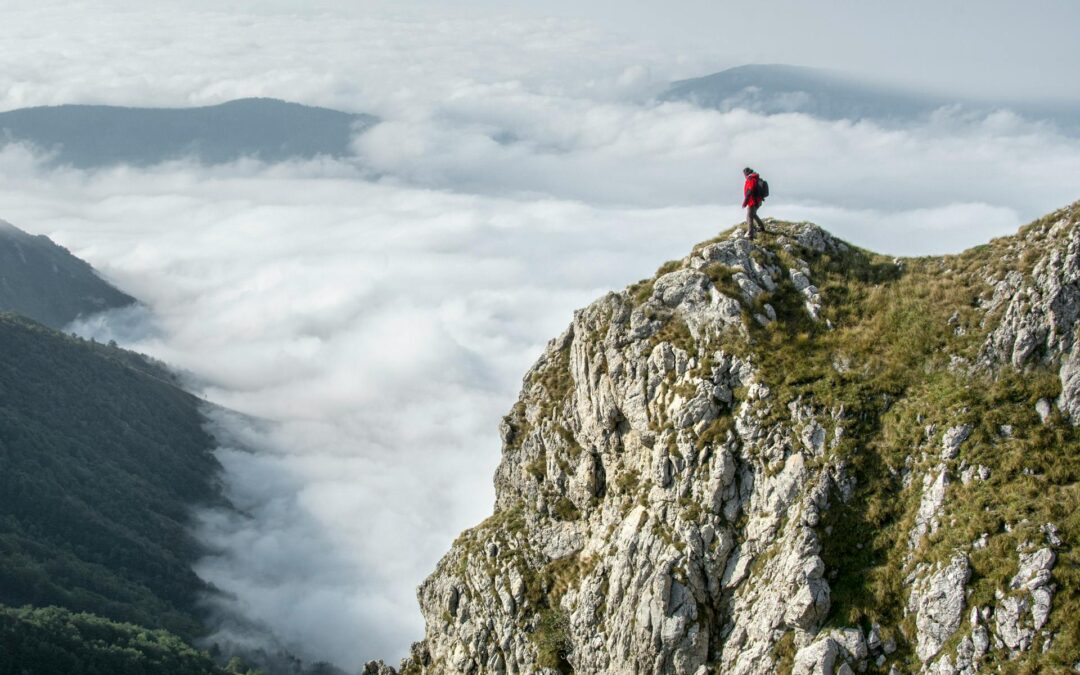Embarking on a high-altitude trekking adventure promises breathtaking views, exhilarating challenges, and a profound connection with nature. However, venturing into the thin air of mountainous regions also comes with potential health risks that shouldn’t be underestimated. Whether you’re scaling towering peaks or traversing alpine passes, prioritizing your health and safety is paramount. Here are some essential tips to ensure a successful and enjoyable high-altitude trekking experience:
1. Acclimatize Gradually: One of the most critical aspects of high-altitude trekking is acclimatization. Ascend gradually to allow your body time to adjust to the decreased oxygen levels. Avoid rapid altitude gains and schedule rest days at intermediate elevations to aid acclimatization.
2. Stay Hydrated: Proper hydration is key to combating altitude-related illnesses such as altitude sickness. Drink plenty of water throughout the day, even if you don’t feel thirsty. Avoid alcohol and caffeinated beverages, as they can contribute to dehydration.
3. Eat Nutritious Meals: Fuel your body with nutritious, high-energy foods to sustain your trekking endeavors. Consume a balanced diet rich in carbohydrates, protein, and healthy fats to maintain energy levels and support muscle recovery.
4. Recognize Altitude Sickness Symptoms: Familiarize yourself with the symptoms of altitude sickness, including headache, nausea, dizziness, fatigue, and difficulty breathing. If you experience any signs of altitude sickness, descend to a lower elevation immediately and seek medical attention if symptoms worsen.
5. Pack Adequate Clothing: Dress in layers to adapt to fluctuating temperatures and weather conditions at high altitudes. Pack moisture-wicking base layers, insulating mid-layers, and a waterproof jacket to stay warm and dry in inclement weather. Don’t forget to bring a hat, gloves, and sunglasses to protect against sun exposure and wind chill.
6. Protect Against Sun Exposure: The intensity of ultraviolet (UV) radiation increases at higher altitudes, increasing the risk of sunburn and eye damage. Apply sunscreen with a high sun protection factor (SPF), wear a wide-brimmed hat and sunglasses with UV protection, and seek shade during peak sun hours.
7. Respect Your Limits: Listen to your body and know when to rest or turn back if you’re feeling unwell or fatigued. Pushing yourself beyond your limits can increase the risk of altitude-related illnesses and compromise your safety. Be realistic about your abilities and adjust your plans accordingly.
8. Carry Essential Safety Gear: Pack essential safety gear, including a first aid kit, navigation tools (map, compass, GPS device), headlamp or flashlight, multi-tool or knife, and emergency shelter (tent, bivy sack, space blanket). Be prepared for unexpected emergencies and adverse weather conditions.
9. Stay Informed: Stay informed about current weather forecasts, trail conditions, and potential hazards along your trekking route. Check local regulations and permits required for high-altitude trekking, and familiarize yourself with emergency evacuation procedures in case of emergencies.
10. Travel with a Companion: Whenever possible, trek with a companion or in a group to enhance safety and support during high-altitude expeditions. Look out for each other, communicate openly about how you’re feeling, and be prepared to assist one another in case of emergencies.

